Do you have a question about the Roland SP-300 and is the answer not in the manual?
Provides step-by-step instructions for assembling and installing the machine.
Details the procedures for loading both roll and sheet media.
Lists essential checks before starting printing or cutting.
Describes how to perform printing only, cutting only, or both.
Covers feed and bidirectional corrections to enhance print accuracy.
Explains how cutting tests help adjust conditions like speed and force.
Provides methods for automatically or manually aligning print and cut positions.
Steps for cleaning printing heads to resolve dot drop-out.
Guides users on diagnosing and resolving common operational issues.
Explains how to interpret and respond to machine messages and errors.
Provides step-by-step instructions for assembling and installing the machine.
Details the procedures for loading both roll and sheet media.
Lists essential checks before starting printing or cutting.
Describes how to perform printing only, cutting only, or both.
Covers feed and bidirectional corrections to enhance print accuracy.
Explains how cutting tests help adjust conditions like speed and force.
Provides methods for automatically or manually aligning print and cut positions.
Steps for cleaning printing heads to resolve dot drop-out.
Guides users on diagnosing and resolving common operational issues.
Explains how to interpret and respond to machine messages and errors.
| Number of Colors | 4 (CMYK) |
|---|---|
| Maximum Media Width | 30 inches (762 mm) |
| Media Handling | Roll feed |
| Interface | USB |
| Power Requirements | 50/60 Hz |
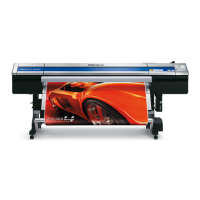




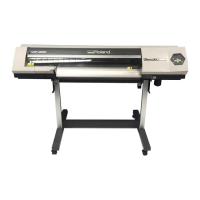
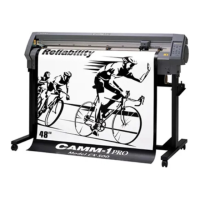
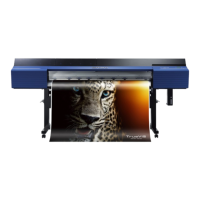
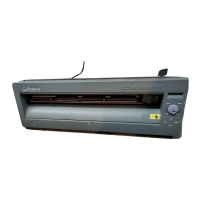


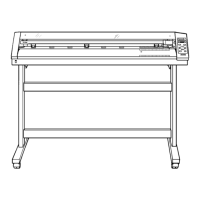
